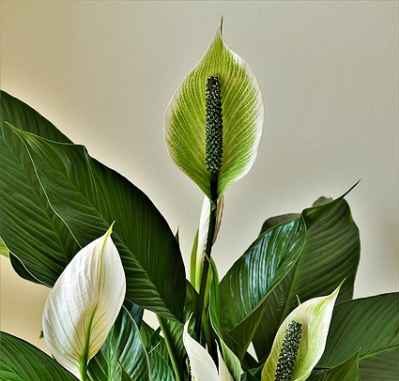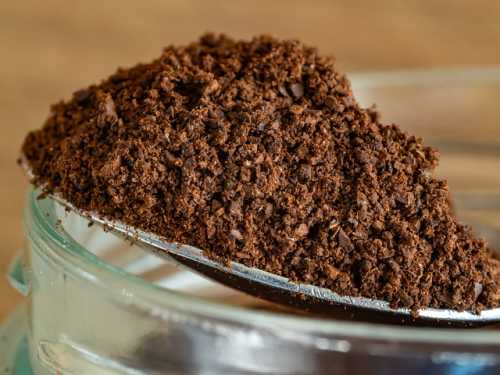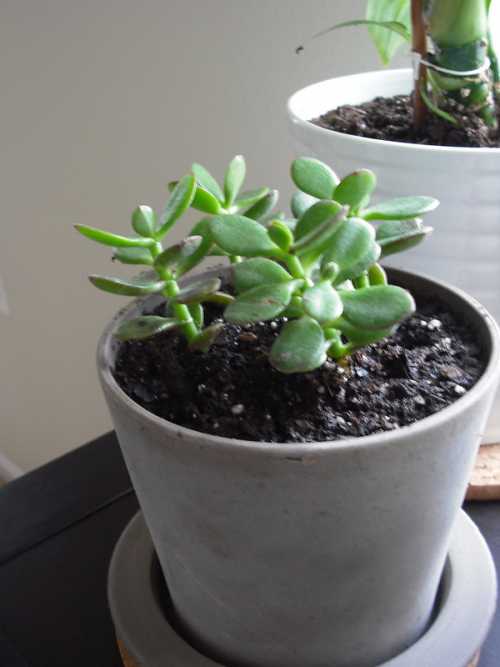Peace lily or spathiphyllum (scientific name) is a closet plant that can thrive on little water and light. Peace lilies provide aesthetic pleasure due to their looks, clean air due to their cleansing properties and many more benefits.
Peace lily is an easy to grow houseplant that novice planters adapt well to. They make a beautiful addition to minimalist homes and offices, clean their surrounding air, remove mold spores and mildew etc.
Despite peace lily’s easy maintenance, a number of beginners are plagued by questions like”how often should I water my peace lily.”
Taking care of a peace lily is simple and is made easier when one is aware of the basics. In this article I shall endeavour to tell you all about peace lilies, their care and maintenance and how to keep them healthy.
Before we dive into the tips regarding the care of a peace lily, lets have a look at the benefits it provides.
How Often Should I Water My Peace Lily Plant?

Peace lilies do not need too much water, they thrive best when watered regularly yet sparsely. In general, you should water your peace lily plant once a week.
Watering once a week is the perfect amount of time a plant needs to absorb the water it needs, drain out the excuse and further dry itself.
To ensure that you do not underwater or overwater the peace lily, check the soil’s dampness before watering. If the soil is damp do not water, if it is slightly damp water a little and if it is dry water well.
Following the principle of checking dampness in the soil will ensure a healthy plant that doesn’t face issues due to watering problems.
Also Read: Why are the Leaves Falling Off My Angel Wing Begonia?
How often should I water my peace lily in winters?
Peace lilies require little water, as you would be aware by now. In winter most plants require less water than they usually do, this is because unlike summers water doesn’t get absorbed by the sun during winter.
During the hot weather peace lilies should be watered once a week, but only after checking the level of dampness of the soil. During winters water your plant once every two weeks.
In winters you must follow the rule of watering plants only after checking the dampness of the soil. It is very easy to overwater your plant in this weather, so check the water level of the soil.
Make sure that the soil drainage is well and properly functioning or the plant will get water-logged and die.
If you keep your peace lily outdoors, bring it inside in the winters since cold and drafts are not healthy for them. Keep them indoors in a consistent temperature.
Also Read: How Long Can a Peace Lily Go Without Water?
How to Know If Your Peace Lily is Facing Watering Issues?
There is a simple way that can enable one to check if their peace lily plant is facing watering issues i.e overwatering or underwatering.
Yellow and brown leaves
Apart from aging, the most common reason for yellowing or browning of leaves of a peace lily plant is watering problems. Both underwatering and overwatering will cause the leaves to discolour.
If you notice the leaves getting discoloured, check the dampness of the soil and the drainage. If all looks good, the issue is underwatering and if the soil is wet then the problem is overwatering.
Also Read: Why Are the Leaves on My Christmas Cactus Limp (Drooping Leaves)?
Benefits of a Peace Lily
There are a lot of benefits that peace Lily plants provide, some of them are in noon while others not so much. Here are all the various advantages of having a peace lily plant.
Purifies air
Peace lilies purify their surrounding air and provide fresh air. Our houses are home to a number of pollutants ranging from fine dust to microbes. We Siri helps in cleaning these pollutants and provide clean air.
Peasley absorbs pollutants like benzene,xylene,carbon monoxide and formaldehyde. It absorbs 60% of the pollutants in the air and adds moisture to the air as well.
Aesthetic value
Peace lilies are a beautiful, lush green plant with a white flower and a hooded white leaf that protects the flower. The beauty of a peace lily is the reason why it is so commonly used for interior decoration.
Be it a minimalist house or a professional, spruced up office-a peace lily enhances the aesthetic value by a high degree without changing the tone of the place.
Peace lilies look beautiful as centerpieces, as a single décor piece, a style statement, in a green aesthetic corner and so much more.
Low maintenance
Who doesn’t like things that are wasted by us and also are low maintenance? Peace lily is a plant that is very easy to sow, grow and take care of.
Even if you have a busy schedule and can’t spend too much time taking care of your plant, you can accommodate the very little needs of peace lilies in your schedule.
It needs little water, low light, and barely any special treatment.
Also Read: Why Peace Lily Flower Turning Yellow, Brown or Black?
Good sleep
A little known fact about peace lily is that it promotes a restful and healthy sleep. In the fast-paced modern world that glorifies hustle and overworking, finding peaceful sleep can be an insurmountable task.
So many people suffer from insomnia and dissatisfying sleep. Peace lilies promote good sleep by increasing the humidity level making it easier to breathe, their beauty provides a sense of rest and they also control mold and spores in the air.
They calm the mind and help one to slow down. If you are trying to fix your sleep hygiene, a peace lily plant will greatly help you.
Absorbs acetone vapours
Acetone vapours are harmful for our health. Products such as parents, nail paint, rubbing alcohol and varnishes contain acetone which emit harmful vapours.
High exposure to these harmful vapours can cause a headache, concentration problems, fatigue, low BP and also speech problems. Peace lily plants absorb these harmful vapours and prevent damage to our health.
Peace and good fortune
Those who believe in the unknown might be familiar with the significance of a peace lily in terms of fortune. Peace lilies are said to bring peace and good fortune.
Peace lily plants promote prosperity, hope, purity, health, calmness, peace and innocence. It is considered sacred due to the various fortunate benefits it carries.
Caring for peace lily
The aforementioned list would have convinced many to get a peace lily for their home, office or desk. If you are thinking of getting a peace lily plant, here are the basics about caring for a peace lily.
Water
A very common mistake while taking care of a peace lily is overwatering and underwatering. Peace lily is a low maintenance plant that does not need too much water or light.
Overwatering a peace lily will essentially kill it by water-logging the soil and restricting the roots from absorbing water needed for photosynthesis i.e the process that makes food for the plants.
Underwatering has a similar effect on the health of a plant as it doesn’t give enough water to the plant to be able to stay alive.
Both underwatering and overwatering is bad for the health of a peace lily.
Water the peace lily once a week but always check the soil for dampness and water accordingly.
Light
Just like water, a peace lily doesn’t need too much or too little light. Simply speaking peace lilies need everything in moderation neither too high nor too low.
Peace lilies can be kept under a source of artificial light or in front of the windows. If no light reaches them at the place they are kept in, put it in a well-lit place every 2-3 days.
Repotting
Peace lilies Can benefit from repoting or dividing when they outgrow their containers. One can check if the plant has outgrown its container when they notice that it is drooping less than a week after being watered.
If you are repotting, move the plant to a container that is at least 2 inches bigger than the last one. If dividing, use a sharp, sterile knife to cut through the middle of the root ball and replant.
Fertilizer
Peace lilies don’t need too much fertilizer, you can add fertilizer once or twice a year. Summer is a good time for adding fertilizer.
Cleaning
The leaves of a peace lily can accumulate a lot of dust so it is advised to clean the leaves regularly. To clean, put the leaves under running water to wipe down gently using a damp cloth.
Do not use commercial leaf shines as they barely do any work. Be gentle with the plant while cleaning.
Temperature
Keep the plant with a consistent temperature ranging from 65 to 80° fahrenheit. In case of cold or drastic hot changes in temperature bring the plant inside and keep it in a composed environment.
Drainage
This plant can be susceptible to root rot so make sure that it has a chance to dry out between watering. Ensure that the container drains well.
Either choose a container that has drain holes within it or make small holes using a live by yourself. Put a dish under the container to catch water that drains out.
Peace Lily does not need too much water and so it is important that the excess water is able to drain out and the peace lily dries.
Hope this helps, take care of your peace lily!










